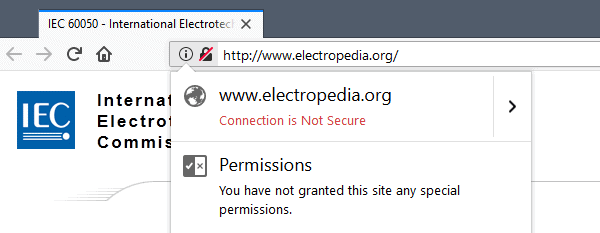
:no_upscale()/cdn.vox-cdn.com/uploads/chorus_asset/file/7874447/Threatpost_HTTP_Warning.png)
Once you enable this feature in the browser, insecure content is. There should be a middle-ground, such as a reasonable, maximum expiration time and an option to keep cookies from websites you have in your favourites or visit frequently. The path that you need to follow for these options is this: Microsoft Edge > Menu > Settings > Site permissions > Insecure content. I think it is absolutely shameful that browsers keep all cookies until they are either cleaned manually or expire (many websites set ridiculous expiration times, such as 10 years). I am currently using the app Cookie to periodically delete cookies and local storage from my non-favourite websites. Choose which sites can show insecure content on a computer Open Chrome At the top right, click More More and then Click Privacy and security and then. You cannot set the user agent to something else permanently and I think Apple could do more about cookies and local storage. I don’t think there are particular risks with Safari, but the browser is not the privacy enthusiast’s first choice.

I also find Firefox’s settings menus (and Chrome’s!) pretty terrible and it is easier to configure Safari from scratch.

At least Safari blocks third-party cookies by default. Citrix Secure Browser service isolates high-risk web browsing traffic by running it outside of the company’s network on a remote, one-time browser session on public cloud infrastructure. Firefox sends diagnostic reports by default (for every user) and it defaults to Google Search.


 0 kommentar(er)
0 kommentar(er)
